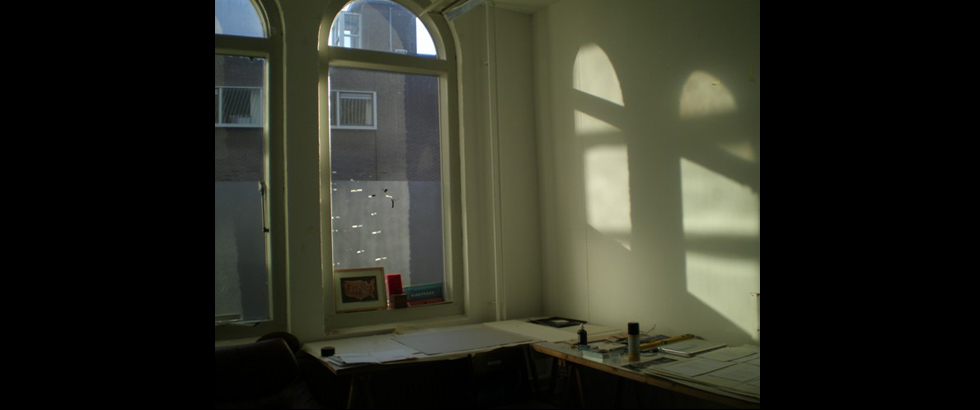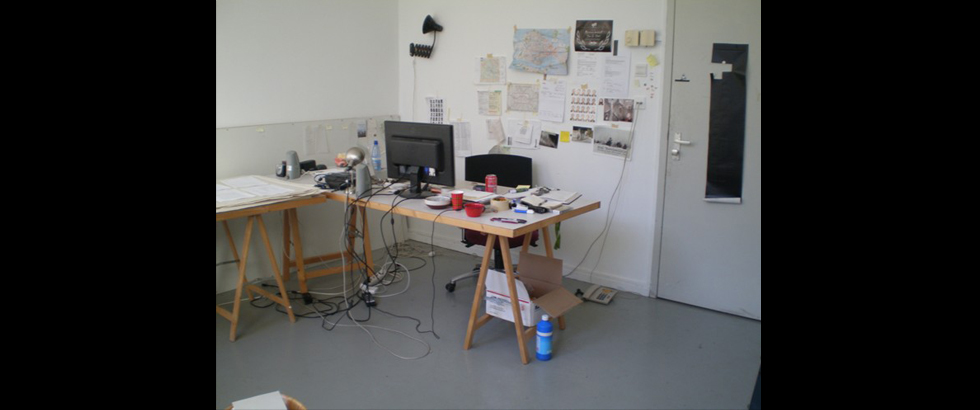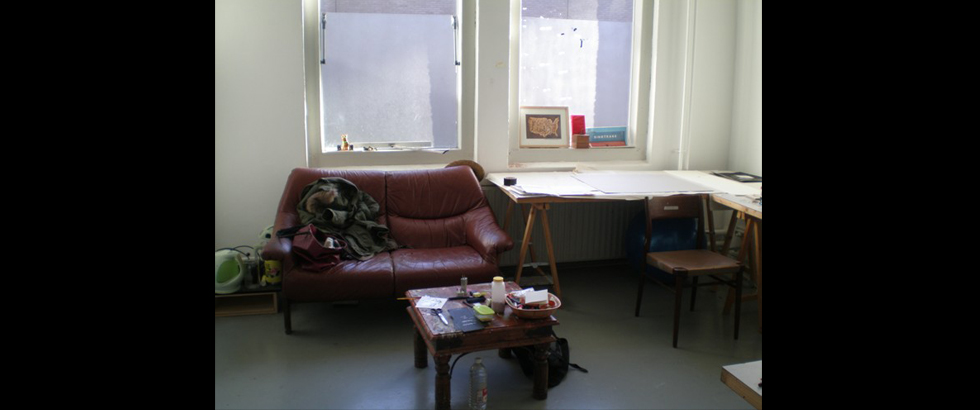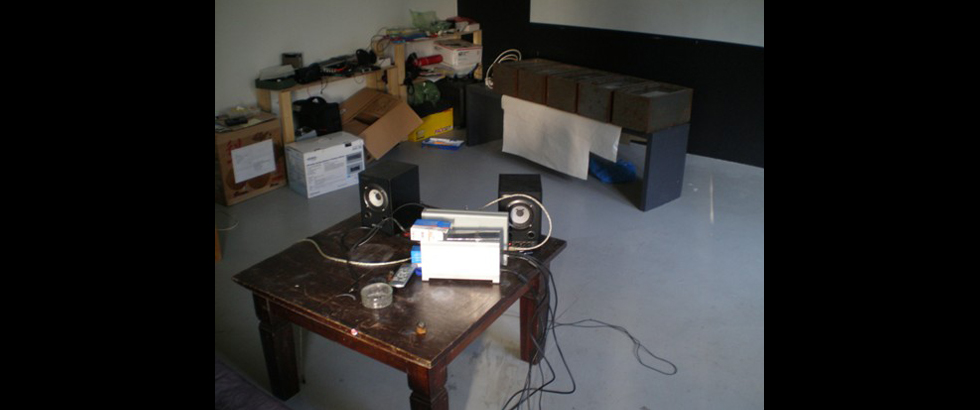Artists
Photo Credit: NIU Chun-Chiang
Chen Yin-Ju
Chen Yin-Ju
| Location | Netherlands / Amsterdam |
|---|---|
| Residency | Rijksakademie van beeldende kunsten |
| Year of the Grant | 2009 |
| Personal Website |
Chen Yin-Ju's Personal Website
Chen Yin-Ju's Personal Website |
Chen has participated in major international and domestic exhibitions and film festivals, including “The 4th Taiwan International Video Art Exhibition 2014: The Return of Ghosts”, “A Journal of the Plague Year. Fear, Ghosts, Rebels. SARS, Leslie, and the Hong Kong Story” (Para/Site, 2013), Taipei Biennial (2012), International Film Festival Rotterdam (2011), European Media Art Festival (2011), Queen Sofia Arts Center in Madrid (Spain, 2009), International Documentary Film Festival Amsterdam (the Netherlands, 2008), and San Francisco International Asian American Film Festival (2006). Chen was an artist-in-residence at Rijkasakademie van beeldende kunsten in Amsterdam, Holland. She currently lives and works in Taiwan.
Thoughts on Residency Program:
Abundant Resources
My residency program at Rijksakademie van beeldende kunsten was the longest residency I’ve been on. The organization of the residency program provided artists all basic costs during the residency, including rents, allowances for living expenses, expenses on creative materials, and additional creative subsidies. Rijksakademie also has versatile facilities, with workshops for carpentry, metalsmithing, printmaking, ceramics, painting, and multimedia. At each workshop, technicians provide supports and instructions. Basically, almost all the ideas and experiments of artists can be realized after discussions with the technicians, regardless of how imaginative the projects may be.
Rijksakademie is a place for experiments, and provides artists-in-residence a worry-free creative environment with full technical support. With its two-year long residency program, Rijksakademie really hopes that the artists can devote their time to more experiments and explorations. Since all studios of artists are inside the building, thus, dialogues between the artists are also important to creative practices; after all, studios are not just a place for work, but also the place where dialogues are generated. This is one of the biggest strengths of Rijksakademie. Over twenty artists from different countries and backgrounds come here every year, making it a valuable space and opportunity for dialogues. Also, Rijksakademie has the “advisors” program, inviting experienced artists, critics, curators, writers, or even biologists to come and give speeches or pay visits to artists’ studios.
Teaching Experience
During my residency, I participated in a workshop series organized by local university, co-designing a one-week long “Fun of Video Workshop” with another two artists that aimed to trigger fist-year fine arts students’ understanding of static and dynamic images. Through this experience, I saw the local art students’ independence, their attitude towards the pursuit of knowledge, and the depths of their pursuit. Although the first-year students were only 18 or 19 years old, they displayed rich knowledge and high level of acceptance to the diverse forms of contemporary art and experimental movies, as if art, as a subject, had already entered their knowledge system before they came to college.
This also made me understand that even though the famous International Film Festival Rotterdam (IFFR) selected films that were extremely experimental, bold, and abstract, all sessions from ten-thirty in the morning to midnight were still packed, and the viewers were mostly local residents. My local friends, a married couple with office jobs, even took days off just to attend the film festival!
Summer
Europeans go on summer vacations, and that is why, in July and August, the offices are always slow and quite. Artists who came from places far away (Asian and America) could only stay in cold and cheerless studios and try to “keep each others warm.” But for me, I could concentrate even more. Many of the draft proposals of my projects were developed during those two summers, such as the preliminary phase and research of “The Turner Archives” (2011). Since the technicians also took turns and went on vacations, I could only use the time to think about many things and think very hard.
Open Studios
The major annual event was Open Studios. Not only was it time for the artists to honor the terms in their contract and present their creative achievements of the year (at least have the studio doors open), it was also time for the curious public to see what was going on in here, as the seclude building with a large garden only opens up its doors once a year.
The month before Open Studios was when the artists and the technicians interacted the most; the building was most crowded as well, since almost all the people were extremely busy at their respective posts. Advisors would pay frequent visits to the artists at their studios during this time and provide inputs and opinions. We often saw situations where artists broke down as soon as the advisors left; after all, every one of us wanted to showcase our best works, and with this pursuit of perfection, the stresses were through the roof, and the atmosphere was serious.
Fruits of hard work produced in over fifty studios further crowed the space during Open Studios. Therefore, it would be a better idea to get a VIP pass or a Press Pass in order to really appreciate and enjoy the works.
Growth over Two Years
During the two years of residency, I got more opportunities to experiment ideas, practice, and execute. During my first year there, I used familiar media to produce two videos, just like how I had always done before. In the second year, I started visiting different workshops, learned carpentry, and worked on wooden frames and sculptures; I even made the shipping cargo cases for my works myself. In the metalsmithing workshop, I learned how to cut, weld, polish, and drill, and made five metal light boxes. In the printmaking workshop, I printed with the technicians a series of works, and I even sold one later on, which for me was a greatly financial boost. In the painting workshop, I learned spray painting, fine polishing, and how to be patient.
In addition to skills and techniques, as I mentioned before, I further developed my research methods and concepts. Frankly, this residency opportunity allowed me to treat art creation as an office job—go to office in the morning, lunch break, continue working in the afternoon, go home for dinner, return to studio to do extra work, and go home to sleep at midnight. Day after day. The results were rapid development of my works and further cultivation of my own artistic concepts.
Another thing worth pointing out is that, at least over the two years I was there, we took peer critiques and studio visits by advisors very seriously; you needed a strong heart to take all the criticism. However, only through wisdom could you transform these criticism, doubts, and debates into the intensity, energy, and tension of the works.



